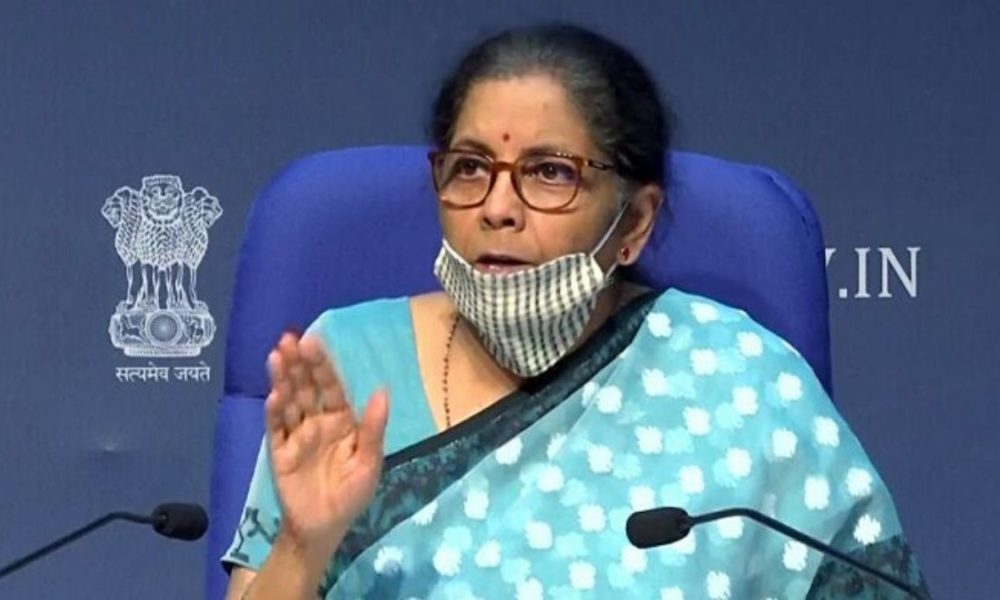In Finance Minister Nirmala Seetharaman’s words, India stands on the threshold of Amrit Kaal, or the ‘Era of Elixir’. Regarding the country’s real estate sector, we can be a little more restrained with such definitions. Still, there is little doubt that the industry has made remarkable progress since it attained independence 75 years ago. Real estate has not been left behind – quite the contrary.


This once hugely beleaguered sector has made history-defying forward strides, especially in the last 8-10 years.
Today, massive transformation across sectors and industries has assured India a recognizable position in the new world order. The real estate sector features prominently in this revitalized avatar of a country on the move. Let’s reflect on what has transpired over the years and take a look at what lies ahead for the sector.
The Winds of Change
As India’s population grew over time, cities expanded to create habitable localities and industries for its economic upliftment. Chandigarh was the first planned city of independent India – one of the successful trials of urban planning and modern architecture. To address the ever-increasing need for housing, the government set up institutions like the Housing and Urban Development Company (HUDCO), City Industrial and Development Corporation (CIDCO), and the National Housing Bank (NHB).
The liberalization of policies in the 1990s facilitated significant changes in the real estate sector. Many international companies jostled to establish businesses in India, triggering a consistently increasing demand for commercial and residential real estate.
The rapid growth of the IT-ITeS sector resulted in the expansion of new urban centres across major cities like Bengaluru, Chennai, Hyderabad, Kolkata, MMR, NCR, and Pune. These cities were the first to witness changing skylines and rapid vertical development.
At the turn of the century, the sector was further invigorated when foreign direct investments allowed the entry of global investors. This catalysed the development of malls and other organized retail spaces across the country.
PMAY: With the Pradhan Mantri Awas Yojana (PMAY) program, the social housing sector – mainly aimed at the economically weaker sections – has gathered momentum over the last decade. PMAY was launched with a specific and ambitious target to provide Housing for All by 2022. In the country’s urban areas, the development has been tangible.
CLSS: To provide momentum to affordable housing and generate demand for it, the government has provided for subsidized interest to be paid to financial institutions lending to borrowers in this housing category. The cost of ownership became easier on prospective buyers and empowered women with the social security of having their own homes – a significant sea-change in a once highly patriarchal society.
Smart Cities Mission: The Smart Cities mission aims to develop 100 cities that are technology-enabled to drive economic growth and offer significantly improved quality of life to citizens. Currently, there are 5,151 projects under this mission across the identified cities, with investments to the tune of INR 2,05,018 crores.
CRITICAL REFORMS
Various reforms and structural changes implemented in the government have been instrumental in altering the real estate sector. Today, we use terms such as governance, transparency, and accountability, and stakeholders are evaluated on these parameters.
Many corporate business houses have also ventured into the sector. Prominent and listed real estate players are successfully gaining market share and helping the industry consolidate – a much-needed process that steadily eliminates unwholesome elements and the shenanigans for which they were known.
Some of the significant reforms in recent times and their effects:
GST: This taxation reform was conceived and implemented to enable a uniform tax code across the country. Completed real estate projects are exempted from GST, and affordable housing projects are levied with GST of only 1% to keep the momentum of demand high.
REITs: Real Estate Investment Trusts (REITs) have emerged as another option for Indian investors to add real estate to their portfolios for better diversification and risk mitigation. The REITs operational in India today are mainly in the commercial office segment. The total market cap of these REITs is estimated at INR 60,584 crores.
RERA: Perhaps the most significant post-independence reform to impact the Indian real estate sector was implementing the Real Estate Regulation Act. This Act aims to safeguard the interests of homebuyers and investors and make developers accountable for their projects. The Act makes all relevant project details, including the approvals and permissions, available at homebuyers’ fingertips and provides a mechanism for redressing complaints and grievances.
RERA establishes specific standards for the construction and development of real estate that aim to improve transparency in real estate transactions. It has given homebuyers several rights and has set forth specific laws and regulations that all developers must observe.
In the five years of its existence, 87,124 projects and 65,500 agents have been registered across the country. The regulator has successfully disposed of 97,404 complaints, paving the way for a stronger and more resilient real estate sector.
RERA is in many ways still a work-in-progress, with loopholes and lacunae getting addressed along the way. However, it is safe to say that it is the one regulatory reform that has genuinely empowered real estate end-users and investors.
THE ‘AMRIT KAAL’ WAY FORWARD
As the nation progresses rapidly and requirements evolve, real estate products, services, and assets will grow too. Many new-age real estate asset classes such as senior living and student housing are already gaining momentum. Data centres, warehousing, and industrial parks are the new buzzwords in the sector. They will gain further traction as the incumbent government focuses on its visions of Atmanirbhar Bharat and India becoming a USD 5 trillion economy.
NOT A HOME RUN YET
As these sectors and economic activities rev up, housing for the workers they employ will pose a significant challenge. The government has already laid the framework for affordable rental housing and invites private participation, but there is still a lack of clarity. ARHCs (Affordable Rental Housing Complexes) are now among the most urgent needs in post-Independence India – and the government’s Housing for All vision.






















